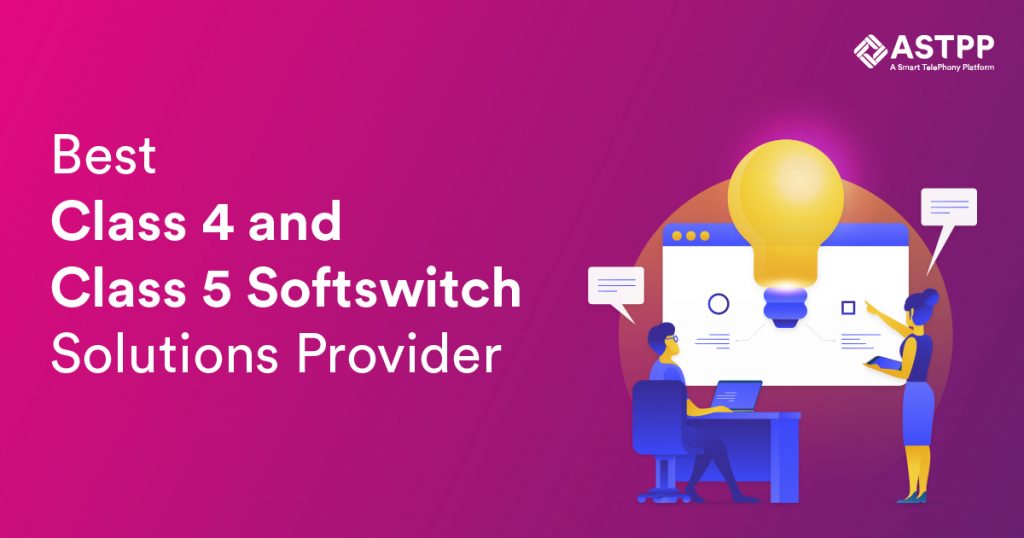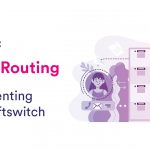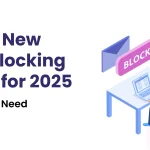The adoption of VoIP based communication solutions is unbelievable in the global market. This not only benefits end users, which can be individuals or businesses using VoIP-based solutions and services. But it also empowers entrepreneurs to launch different business channels to generate revenue, seize markets, and keep growing manifold. The class 4 and class 5 Softswitch solutions are majorly used by these providers because they help in following well-established business models. Many businesses already know the role of these VoIP Softswitch solutions and there are several articles written on the topic of class 4 vs. class 5 Softswitch.
If you want to get deep down to understand the real difference between these two Softswitch solutions, then we also have covered a detailed comparison. And differences between the class 4 softswitch and class 5 softswitch.
In this blog post, we will discuss important points to differentiate these two solutions in detail. It will help businesses choose the right solution and increase returns.
1. What is a Class 4 Softswitch Solution?
This solution is also known as a wholesale Softswitch solution because it caters to the wholesale VoIP market. This software solution provides different call routing rules to provide long distance calling services to end users. Traditionally, the role of this switch was to provide cheap long distance calling. Thus, the only call distribution strategy this software had traditionally was LCR (Least Cost Routing). However, now businesses have started changing their expectations and demands from wholesale VoIP service providers. This has introduced multiple other call routing rules to broaden the role of this Softswitch and market for wholesale VoIP service providers.
2. What is a class 5 Softswitch solution?
This solution is referred to as a retail Softswitch solution because it caters to the retail VoIP market. It is, generally, used to provide business phone systems to businesses. This software offers numerous communication and collaboration features to meet the daily requirements of businesses at any scale. It is highly customizable to adapt to the evolving communication and collaboration needs of businesses.
3. Different Roles of Class 4 and Class 5 Softswitch Solutions
The common role of these two Softswitch solutions extends beyond a single definition and should be universally understood. In fact, the first thing explained in any class 4 vs. class 5 Softswitch article is the role of these two VoIP solutions is their role. Knowing these details will help in understanding several other aspects of the business. It will also help in taking the help of a VoIP development company to build more sustainable solutions to target the retail or wholesale market.
Let’s understand the difference in detail, considering the major users are VoIP service providers.

4. Role of Class 4 Softswitch
A class 4 Softswitch solution is developed to provide the fundamental service of long distance calling in general. The main role of this solution is to connect different Softswitch solutions and complete the SIP telephony ecosystem. It is put in the central position of the whole network so businesses can use it to route their calls and VoIP traffic collected from other class 4 Softswitch and/or retail Softswitch solutions to move to the destined locations. Definitely, the main role of this system is to provide routing to the overseas destination and that is why it will have several different call routing rules. The wholesale service providers create their revenue generating models revolving around these routing strategies for calls.
Must Read: Class 4 SoftSwitch Solution of ASTPP – Top Benefits of Using It
5. Role of Class 5 Softswitch
On the other hand, the class 5 Softswitch is destined to provide different communication related services to different scaled businesses. Companies that cannot afford to buy a retail Softswitch solution or don’t want to get into the technicalities of managing the software use this service. Therefore, the major role of this software is to match the expectations of businesses in terms of communication features. This switch is also very important in completing the VoIP telephony network because it provides the call traffic to the wholesale Softswitch solution to transfer to another retail switch at the receiving end.
Taking a broader perspective, both Softswitch solutions complement each other to deliver reliable services to businesses. Even if the role of a wholesale Softswitch is to provide call routing services, it is also playing an important role in letting the retail users enjoy cheap long distance calling services. On the other hand, the class 5 Softswitch solution is used with a definitive role of offering different features to consolidate communication and collaboration of a business, but it provides the real business to the wholesale service providers. That means when you are comparing the differences between these two VoIP solutions. It is also necessary to evaluate how their roles are correlated with each other. Routing and switching are part of core roles of both of these solutions. They complete the business of local and international calling in this industry.
Concluding Notes
When comparing business or VoIP solutions, consider the bigger picture. The fundamental role of any software, including, but not limited to wholesale and retail Softswitch solutions, is widely covered. However, most articles fail to cover the core functionality and audience reach of these solutions.
We hope that this blog post has added to your knowledge mine and we have justified delving deeper into the role of these solutions than just offering overview details on the topic of class 4 vs. class 5 Softswitch. We have been offering both of these VoIP Softswitch solutions. If you are interested in using these solutions, contact us today.





